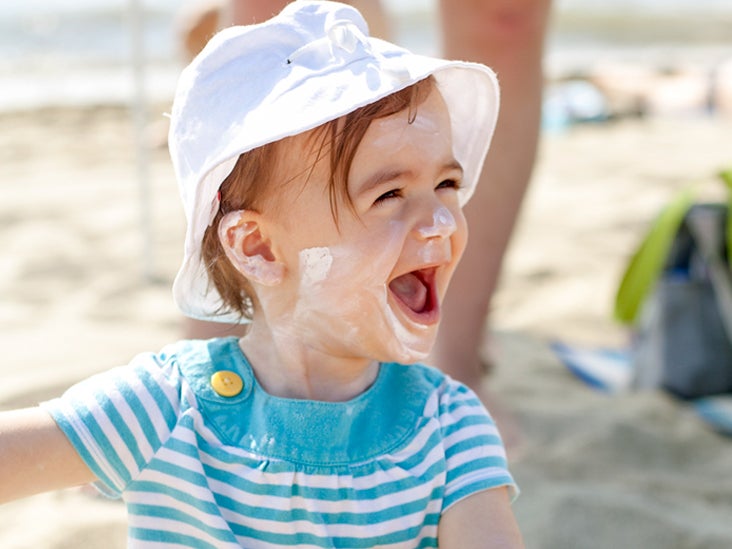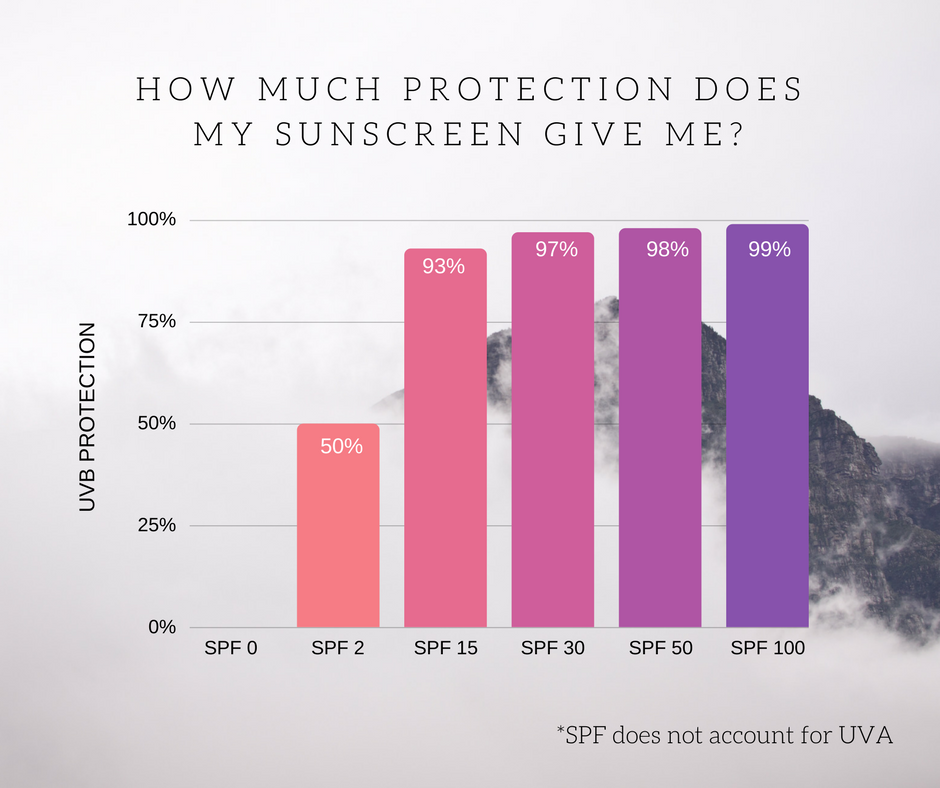


Sunlight and vitamin D: Necessary for public health. You can learn more about how we ensure our content is accurate and current by reading our editorial policy. We link primary sources - including studies, scientific references, and statistics - within each article and also list them in the resources section at the bottom of our articles. Medical News Today has strict sourcing guidelines and draws only from peer-reviewed studies, academic research institutions, and medical journals and associations. If someone is taking medication, they should check the label before they tan. taken other medicines that can cause photosensitivity, such as tetracycline antibioticsĪ doctor or dermatologist can advise someone when it is safe to spend time in the sun after any treatments.taken certain acne medications, such as isotretinoin, or used topical retinoids.used skincare products containing chemical exfoliants, such as salicylic acid.
#Does sunscreen prevent tanning skin#

Wear a hat and sunglasses with 99–100% UVA and UVB protection to protect the scalp and eyes.It is better to tan in shorter intervals, as a person may not appear burnt until they go inside. Avoid spending excessive time in the sun in one session.Re-apply after swimming or sweating, even if the sunscreen is water-resistant. Regularly apply a broad-spectrum sunscreen of at least SPF 30.until 2 p.m., when UV rays are strongest. However, if a person wishes to tan outdoors, they can follow these tips: It is best to limit sun exposure to moderate amounts and wear protective clothing outside.

As tanning requires sunbathing for extended periods, it always carries some risks, even if people take precautions to minimize them.


 0 kommentar(er)
0 kommentar(er)
